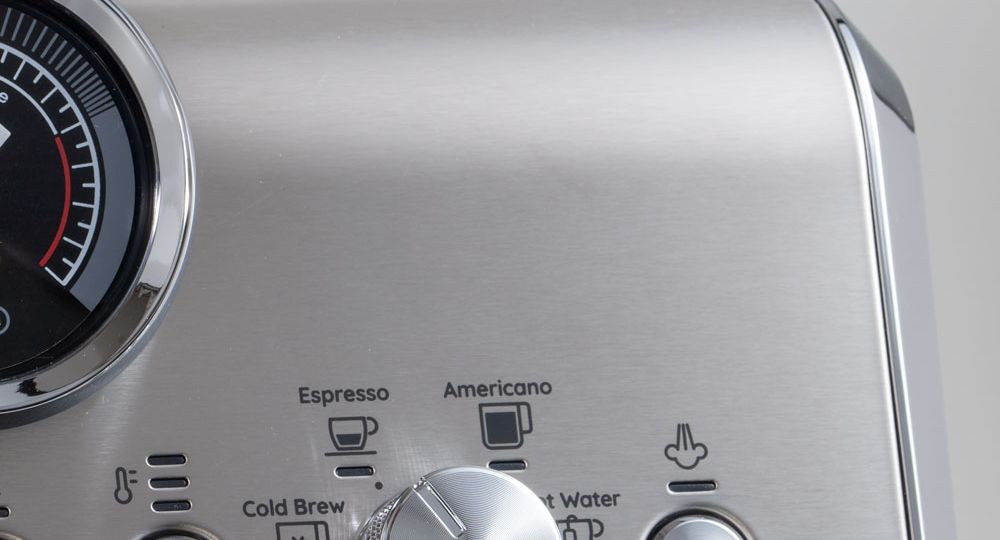
In this article we touch aspects like
- what is the big deal with shiny, reflective surfaces?
- difference between the PRO ADVERTISING shoots and affordable categories like STANDARD ON-WHITE and ADVANCED.
As a photographer, I can take on the role of an art director and provide industry best practices to clients. However, if a client or brand has specific creative direction, we’ll need to obtain those specifications before beginning the photo shoot. Gathering this input during the estimate process is essential, especially when dealing with aspects like interpreting glossy surfaces and reflections, which significantly affect the time needed to achieve our goals.
In this article I added some samples of a glossy (chrome-like) surface and what the different interpretations look like. As a pre-requisite, I want to say:
Dark Reflections on Curved Surfaces:
- Chrome-like surfaces exhibit dark reflections at curved positions due to the glancing angle of light.
- These dark areas appear where the surface curves away from the viewer.
- In standard setups, clients should expect and accept these reflections as part of the authentic look.
- Retail buyers typically don’t notice or consider them imperfections because the human eye doesn’t focus on these nuances.
Authenticity and Acceptance:
- Dark reflections are not inherently wrong; they contribute to authenticity.
- As a photographer, embrace these natural effects, knowing that they enhance the overall appeal of the image.
In high-end advertising scenarios, you will often not see those dark reflections, because they were eliminated in either complex setups or in post-processing — the difference in effort can be measured in thousands of dollars invested in the final product shot.
With shiny (glossy) surfaces and e.g. chrome-like materials we -as a service provider- definitely need to understand what the client is aiming at — reflections are dependent on the lighting and the surroundings; and the roughness (shiny) factor of the material determines the degree (strength) of reflection. That means the shiny sections of your product will look differently whenever the light, the camera angle (equals the viewing angle), or surroundings are altered — it never looks the same.
In photography, super reflective (chrome-like) materials can be interpreted in different ways: in an outdoor scenario, a shiny surface would have a natural reflection AS IS — depending on the conditions (e.g. sunny or overcast days) and the surroundings, and the viewing angle.
In a studio scene, however, the photographer creates a lighting and camera setup and also creates a surrounding, like WHITE, BLACK, or anything else like entire scenes with other objects. That setup as a whole will influence the subject’s reflection.
The question is, will the client like that interpretation? For example, the reflection changes depending on the position and number of lights used in the scene. Should the reflection be symmetrical, left, right, or random. How strong or smooth shall the reflection be? Some brands like to retouch everything to a point where the shown reflection is completely artificial and you would not find that in a real world, but the art director is the ‘boss’ and has reasons.
You can see, that is a very subjective matter, and that is why it is so important to be clear about the client’s preferences before shooting and retouching.
By default, in our ON-WHITE and ADVANCED product photography category are designed to offer an affordable way to get professional, clean product imagery. We shoot glossy, reflective items AS IS, meaning, a reflection will be present in the image. We will use our best judgement to make the reflection look good, but again, that is subjective. Be reminded that any reflection is dependent on the lighting, camera, and scene setup, therefore, in those affordable categories, we cannot offer custom setups and retouching — those customizations require quite an amount of time and effort.
A client may request a certain viewing angle for the camera (like 45 degree front) — the viewing angle is actually a key influencer of all reflections and changes the outcome drastically when altered just a few degrees, and with curved objects it gets even trickier. That is a very technical area and cannot be covered here in this article, therefore: IF you think that you have a very strong opinion on how the glossy areas and reflections of your product need to look like, you need to go with a PRO ADVERTISING photo shoot and we make it happen.
Having said that, we do offer PRO-ADVERTING photo shoots — in that category we tailor the results to the brand’s specs. We allocate as much time to the project as needed. We either need clear art direction (and references) from the client — or the client can leave the art direction to us, and we will collaborate and work together with the client on the project until the results are a perfect match. Of course, the PRO-ADVERTISING category is available for all sorts of products and projects, not just the ‘shiny ones’. PRO-ADVERTISING means: any customization, any effort and time.
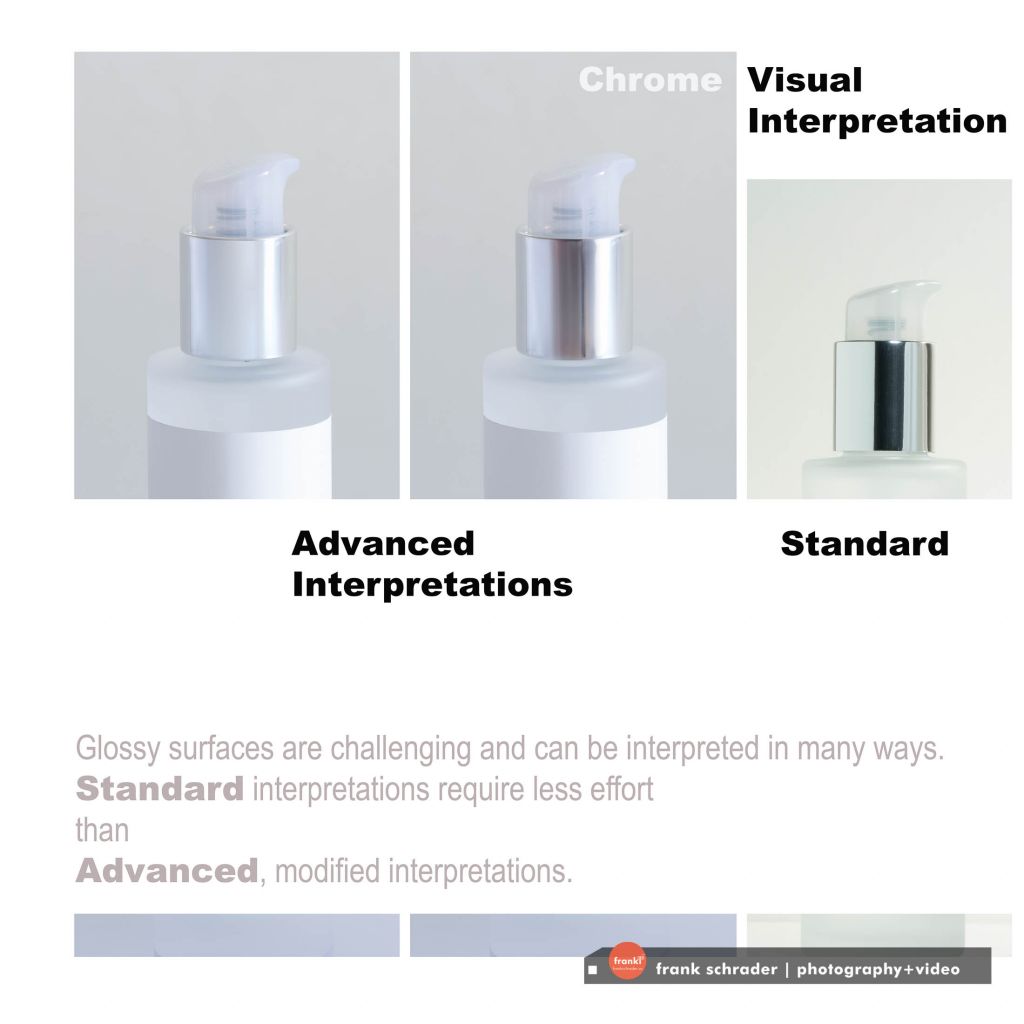
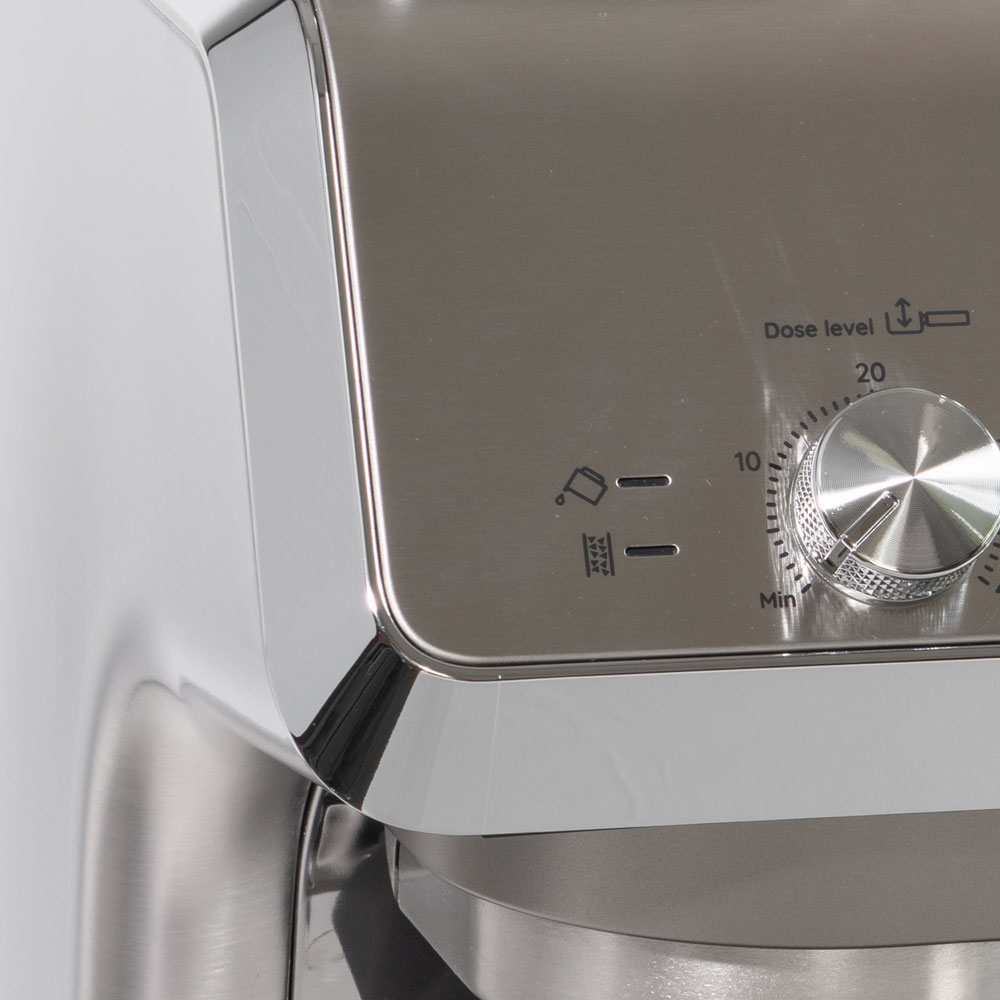
DARK AREA at curved surfaces
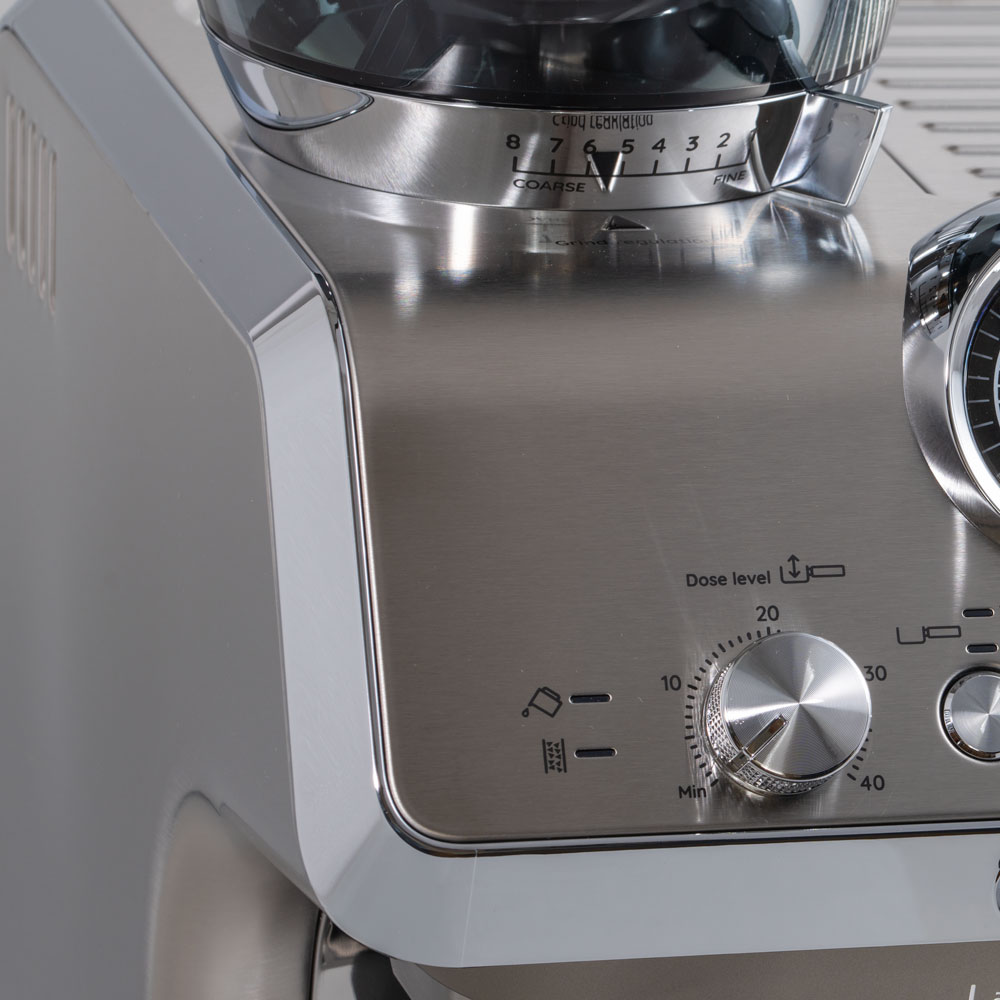
DARK AREA eliminated.
Same example in the following 2 images.
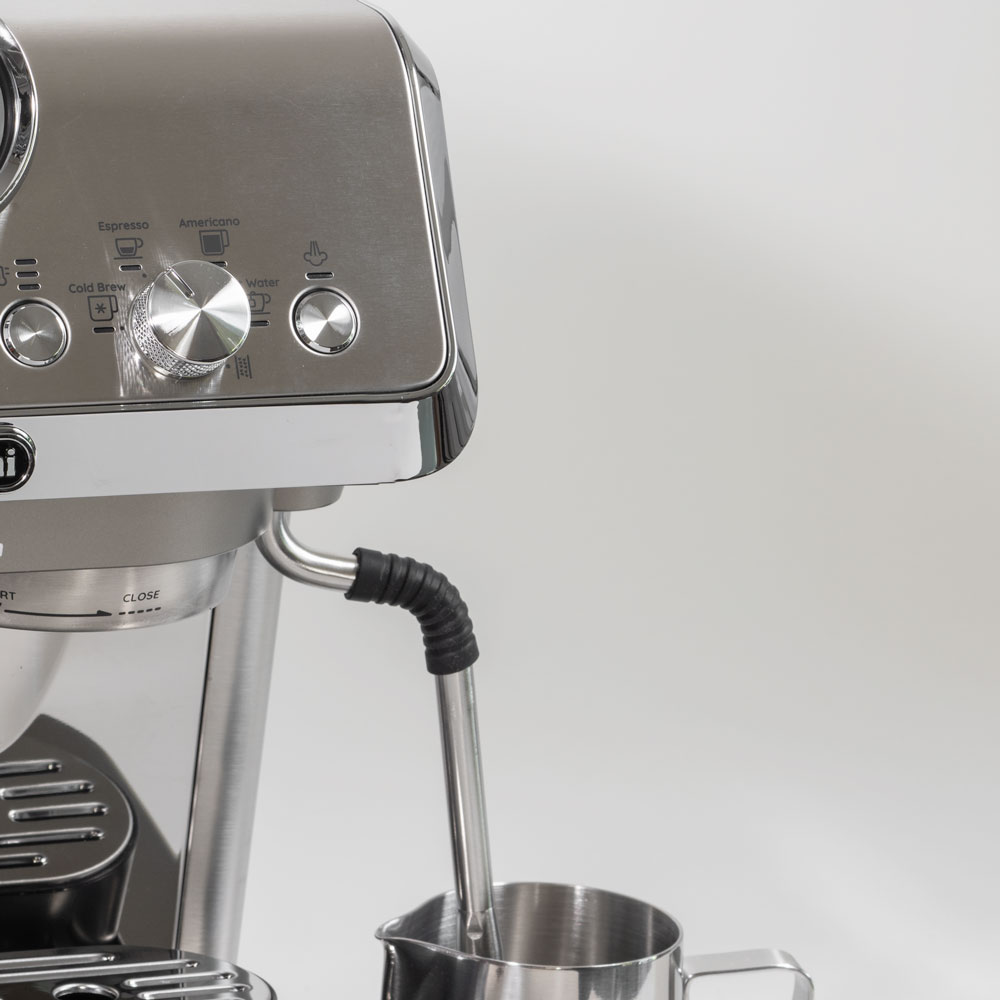
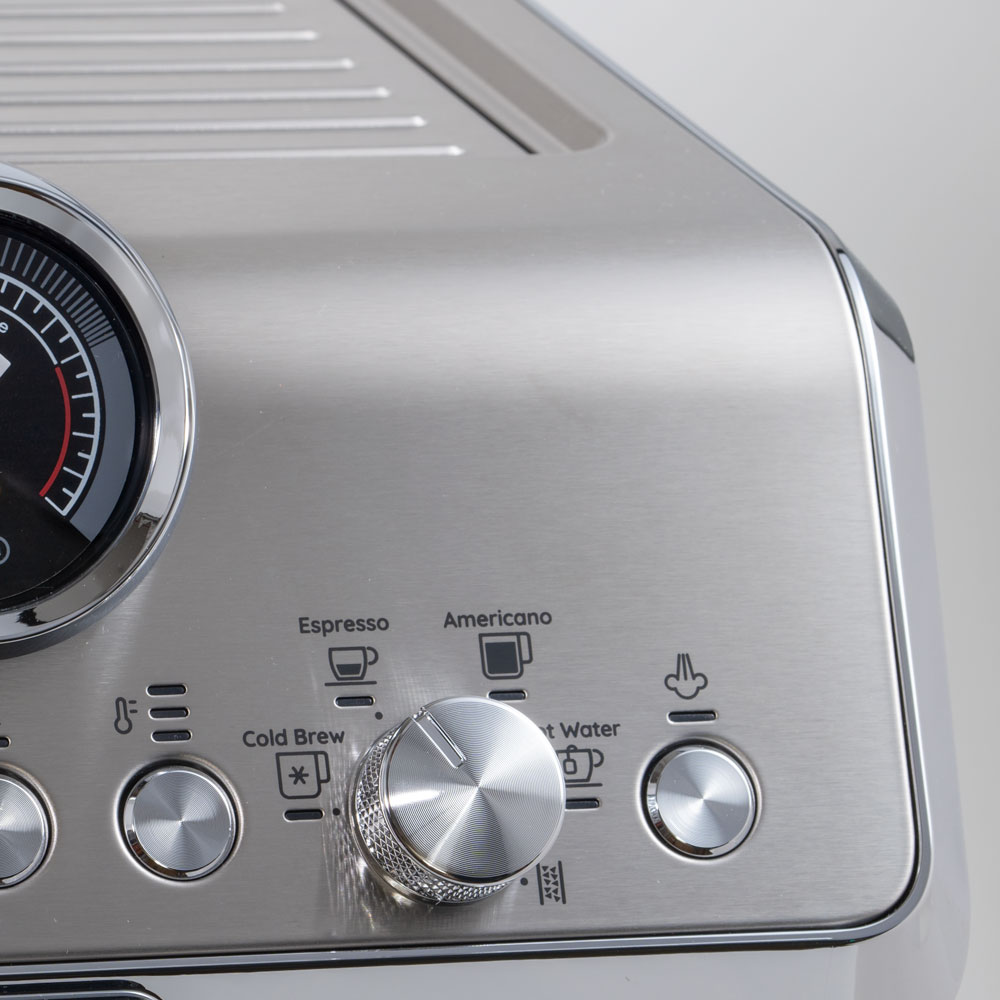
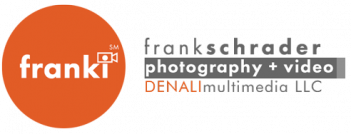

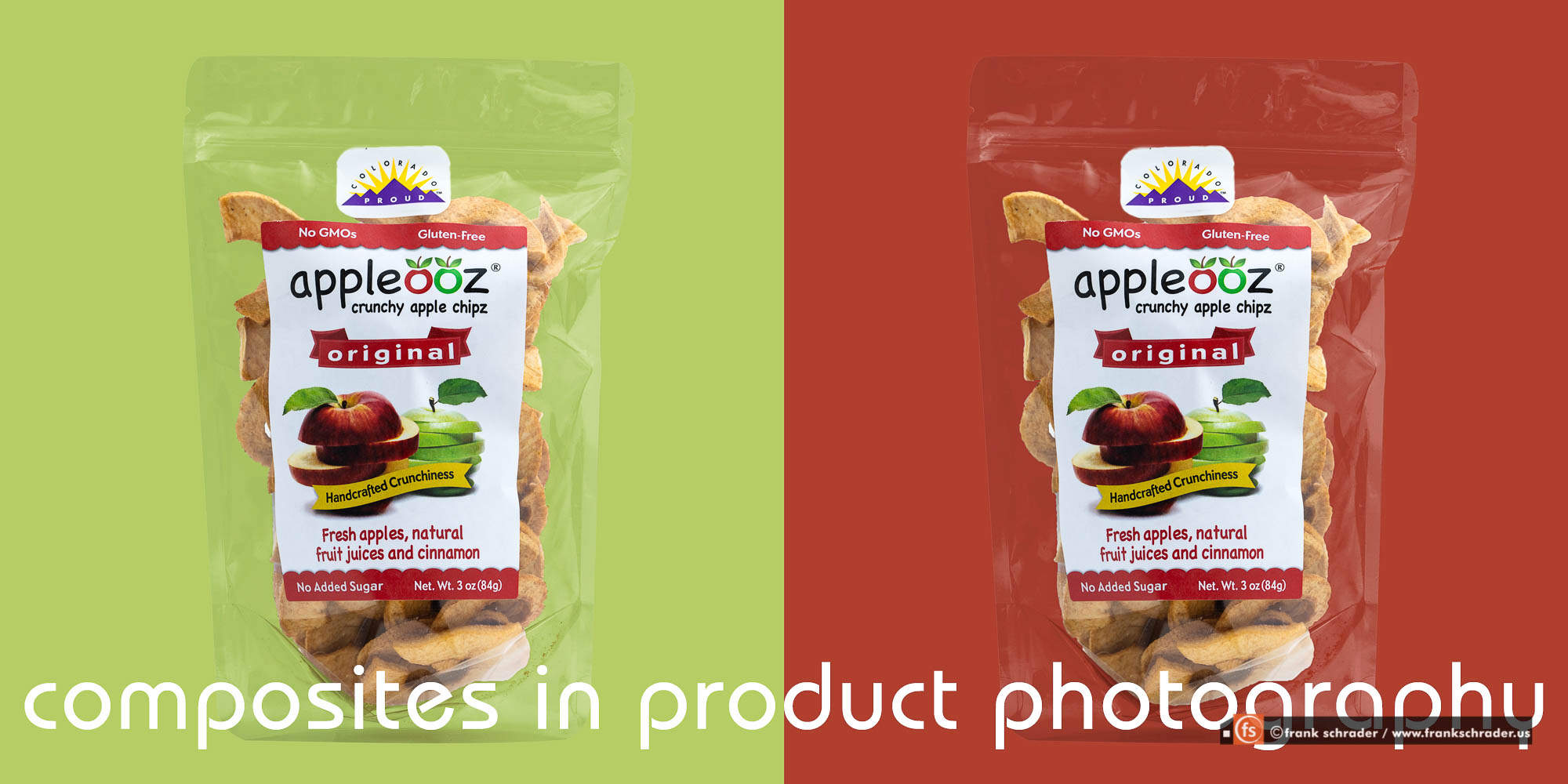
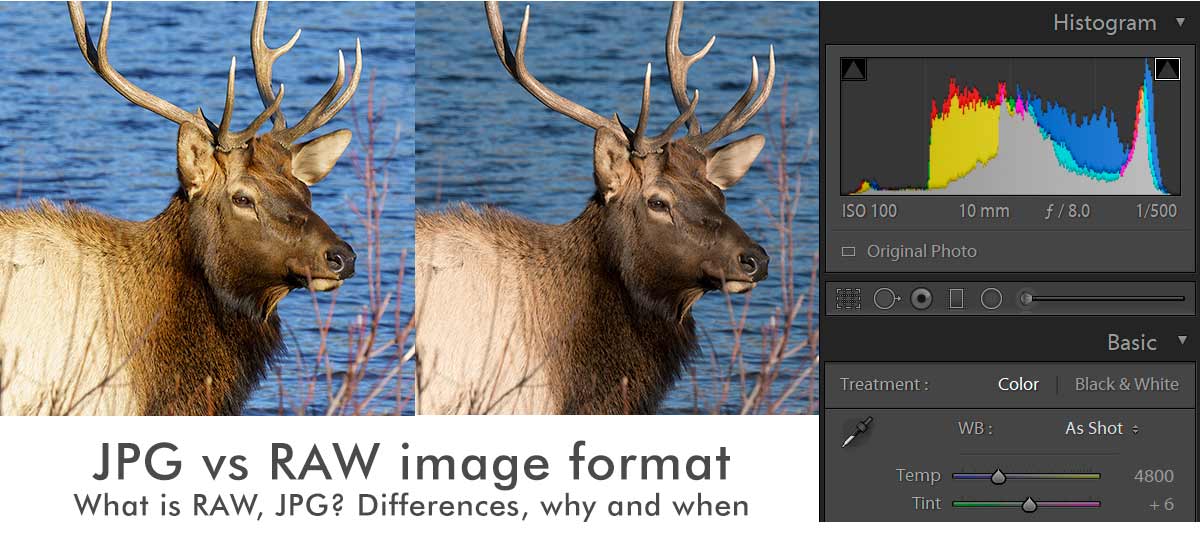
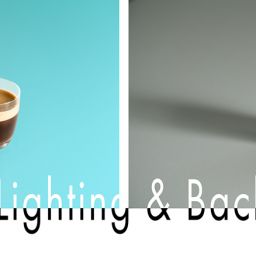
![RGB illumination demonstrated: Red, green and blue lights showing secondary colours with white as FFFFFF [en:User:Bb3cxv, CC BY-SA 3.0 http://creativecommons.org/licenses/by-sa/3.0/, via Wikimedia Commons]](http://www.frankschrader.us/wp-content/uploads/2021/04/wikimedia-RGB_illumination-256x256.jpg)